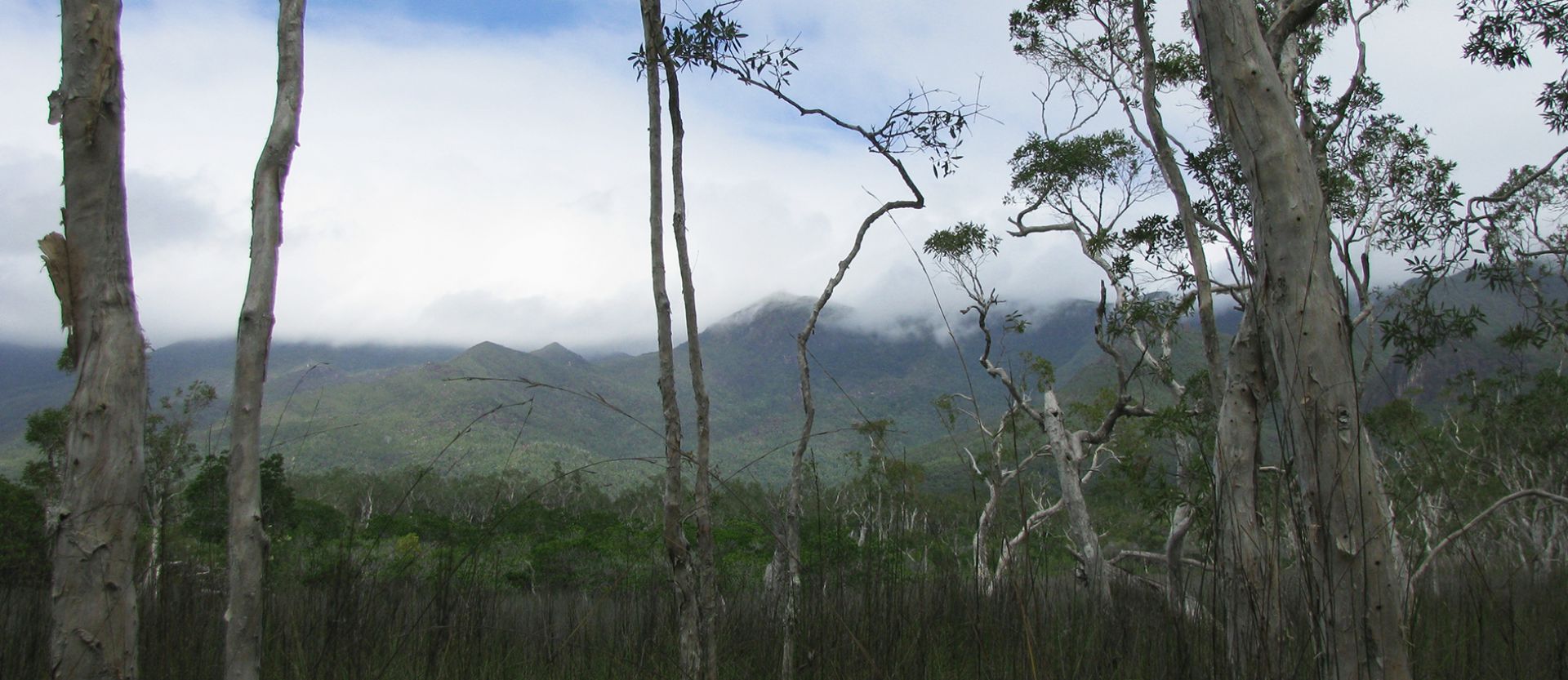Media Releases
Park funding goes to tourists over environment

James Cook University researchers have found managers of under-funded protected areas are prioritising upkeep of visitor facilities at the expense of biodiversity management.
JCU’s Professor Bob Pressey and Dr Ian Craigie authored the study, which took an in-depth look at the management of 41 protected areas (PAs) in Queensland.
They said the Queensland Parks and Wildlife Service (QPWS) is funded largely from state tax revenue and has experienced shrinking budgets for some years.
“Typically, managers lack sufficient resources to carry out all the management activities required,” Professor Pressey said. “So, they must prioritise actions and decide on trade-offs between objectives.”
He said a combination of financial analysis and data sourced directly from QPWS managers in face-to-face workshops had given the researchers unique insight into where money was spent.
Professor Pressey said many managers told the researchers that when resources were scarce, trade-offs favoured the maintenance and cleaning of visitor facilities such as toilets, campsites and paths.
“This was primarily to avoid complaints from visitors,” he said. “In turn, this led to a shortage of resources for other activities such as those focused on biodiversity protection – for instance, management of fire, feral animals and weeds, and management of threatened species.”
Professor Pressey said the more experienced managers also noted that, in real terms, management budgets had been shrinking for many years, exacerbating the trend towards prioritising visitors over biodiversity.
“When budgets are constrained, as is almost always the case, the implications of prioritising visitor-related activities over biodiversity-related work are clear: biodiversity will be inadequately protected and managed and, in the long term, more likely to decline.”
He said the researchers found the least funded activity was monitoring the status of biodiversity.
“Ironically, this means if there are declines in biodiversity status – due to inadequate management of threatening processes, such as fire and invasive species – it’s unlikely those declines will be detected until they’re far advanced.”
Professor Pressey said each PA is affected by its local context and management, and the level of underfunding is idiosyncratic and varies from area to area.
“Similarly, the management objectives for PAs in Queensland are diverse, but the cardinal principle is that they must be managed for the permanent preservation of their natural and cultural values.
“We have found that this cardinal principle is no longer guiding the allocation of management resources across protected areas in Queensland,” Professor Pressey said.